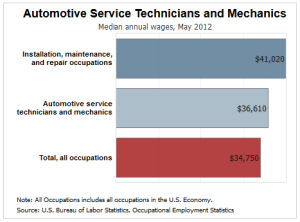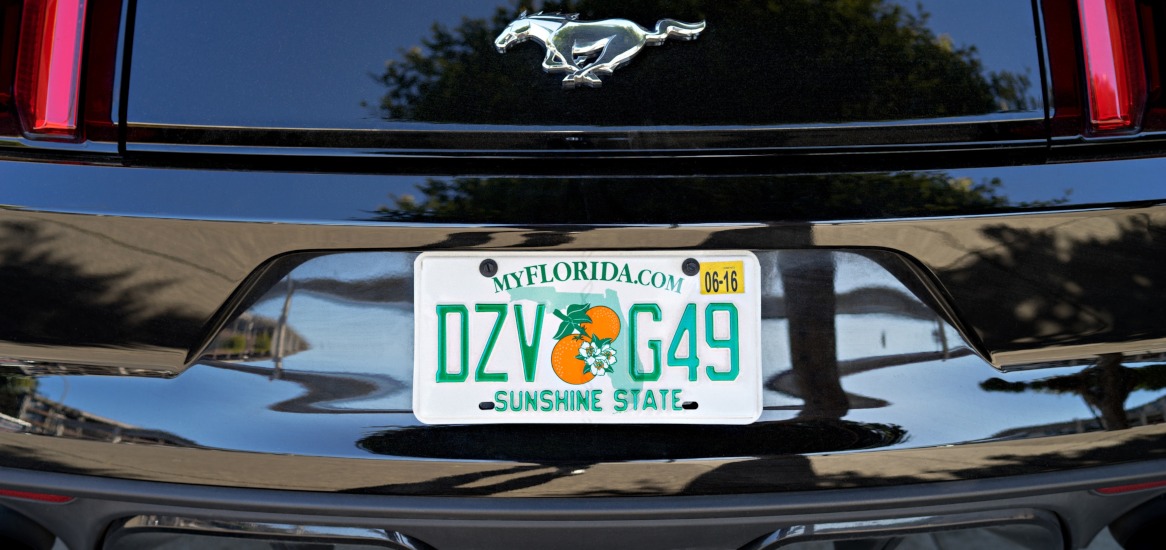
This is the place to go if you want the most reliable car available. These cars have been on sale for years and have always been reliable. Listed below are some of the best cars on the market today. Read on to learn more about their reliability! Also read this article to learn more about their features. Remember: The more reliable they are, you'll save money!
Toyota Corolla
Toyota Corolla has earned the reputation of being one of most reliable cars around. Although some years have been marred by reliability issues, others are much more reliable and have a longer service history. Toyota's success here in the USA has been largely due to the Corolla's reliability rating. This compact car is one of the most reliable in the world.
Lexus
One of the most trusted car brands is the Lexus brand. It is Toyota's luxury vehicle division and is available in over 90 countries. It is one of the 10 largest Japanese global brands by market value, and is headquartered in Nagoya, Japan. Although most Lexus owners are familiar with the Toyota name, not everyone is. This article will highlight the differences between Lexus Lexus brand and Toyota brand, and explain why you should consider purchasing one.

Mazda
You're in luck if you're curious about whether the Mazda is the most reliable vehicle on the market. Fuch is Japan's headquarters for the Japanese multinational car maker. Mazda is still the only car that is in production among the top five most reliable. It's an impressive feat for an automaker that few companies can claim. What's the best thing about Mazda?
Honda
Honda's reliability is the hallmark of their success. The company places emphasis on quality over quantity. They have improved on the quality of their predecessors' models. They also have the highest standards of comfort. Honda used cars still have the highest reliability in the industry. Although the reliability of newer models may suffer slightly, used Honda models are still among the most reliable cars. Here are a few of the reasons.
Hyundai Sonata
J.D. According to J.D. Power and Associates reliability surveys, the Hyundai sonata is the most reliable in its class. This study examines 17 areas where major problems can occur. These include issues such as engine and transmission problems, transmission problems and suspension and exhaust systems. Brakes, paint, trim, in-car electronics and other areas can also have problems. Sonata's frequency score is 0.81, which makes it one of the most reliable cars in its class.
Nissan Frontier
The 2018 Nissan Frontier SUV is a mid-size SUV that boasts 310 horsepower. The Frontier seats five people comfortably, and there is ample storage space underneath the rear seats. You can also get a rear bed with lights and an in-bed power outlet. There is also a Utilitrack system that allows for adjustable tie-downs. Zero Gravity seats were introduced by Nissan to the Frontier. They provide excellent support and headroom for drivers and are high in the seat.

Dodge Grand Caravan
If you're considering buying a used Dodge Grand Caravan, you may be wondering whether you can get a good deal on the vehicle. Some experts warn against purchasing a second-hand Dodge Grand Caravan. It tends to have more problems than the average car. Many consumers have had negative experiences with the Dodge Grand Caravan in recent years, complaining about the engine stalling, brake wear, and air conditioning. There are also typical complaints about transmission failure.
FAQ
How long does an automotive course take?
A three-year course in automotive is required.
The first year focuses on theory and learning about cars. The second year is dedicated to practical training, where you will learn how to fix cars, drive them, and do other jobs around the car. The last year of your training is spent on practical training, where you learn how to fix real-world problems.
How long is an apprenticeship for an automotive mechanic?
The apprenticeship to become an automotive mechanic takes about three years. The apprenticeship includes two years studying at school and two more as an apprentice. The first year is spent learning all aspects of the trade, including theory, practical skills, and safety procedures. You will also learn to use tools efficiently and safely during this period. After completing the first year, you'll then spend another year on-the-job training where you'll gain experience in different areas of the trade. These periods will also give you the chance to take formal courses.
The final year of this program is spent in obtaining qualifications and becoming certified in your field. These include NVQs, which are obtained after passing industry-specific exams. You can also get HNCs (Higher National Certificates), that cover subjects such as customer service, business administration, management, and business administration. Finally, there are City & Guilds certificates that are offered for those who wish to become qualified in certain trades.
How can I fix my car as a hobby?
Why not make it a hobby if you're interested in cars? You can repair them, buy their parts, sell them, or just have fun with them. If you are looking for something more, it would be an excellent hobby.
However, it's not easy to turn this into a full-time career. It takes dedication and hardwork. Also, you will need to put a lot of money into it.
You may not be able to have an emotional connection with cars unless there is a valid reason.
To be a car mechanic, do you need a degree? Can I do part-time studies?
Although a degree is not necessary, it can be helpful. Most employers prefer candidates who have studied for a full degree rather than those who haven't. It shows you are dedicated and have worked hard to achieve your goals.
It doesn't mean that you can't work while you study. Many universities permit students to take courses during the summer holidays, and then finish their studies in the fall. Students can also take classes part time throughout the academic year.
What should I know about car mechanics
To work as an auto technician, you don’t need to know much about cars. It's enough to know how to fix things. Most people start by fixing things like changing tires or fitting brake pads.
You'll need to know how to read diagrams, understand written instructions and follow basic rules of good practice. You will also need to understand how parts should be replaced or repaired.
You should not attempt to fix vehicles without proper training and guidance. This is especially important if you work with expensive parts such as transmissions or engines.
Although you won't have to know much about automobiles, you must be familiar with the basics of mechanical engineering as well as physics. This means understanding the principles behind how engines work and how brakes function.
You should also be ready to handle all kinds of situations. For instance, you might find yourself in charge of a vehicle that has been in a serious accident. Experience with accidents and breakdowns is also a must.
You should also be open to learning quickly. You will need to be able not only to diagnose problems but also to perform simple maintenance tasks like tightening bolts and nuts.
Statistics
- There were 749,900 jobs available for automotive service technicians and mechanics in 2016, which is expected to grow by six percent through 2026. (jobhero.com)
- According to the BLS, total auto technician employment is expected to exceed 705,000 by 2030. (uti.edu)
- According to the BLS, the median annual salary for automotive service technicians and mechanics in the United States was $44,050 in May 2020. (uti.edu)
External Links
How To
How to properly diagnose your car for repair
Before you can determine if your car requires repairs, it's important to first analyze the symptoms. You can then follow these steps for a proper diagnosis of your vehicle.
-
Check engine lights. Make sure to check all dashboard indicators like the engine light indicator (oil pressure gauge), the battery indicator (battery light indicator), and the RPM indicator (rpm gauge). You may have a problem with your vehicle if any of the indicators are flashing for more than a few days.
-
Examine the treads of the tires. If the tires are worn out, they could cause problems with handling and braking. It is also important to inspect the wheel treads. They should look clean and be smooth. This can be done by removing the wheels from the vehicle and taking them off. You can check the tread wear with a flashlight.
-
Observe the brake fluid level. You must always monitor the level of your brake fluid. You can ensure that your brakes are working properly by monitoring the level of brake fluid in your vehicle. Low brake fluid levels can cause brake failure when you apply pressure.
-
Test the suspension system. The suspension system in vehicles absorbs vibrations and shocks. It allows for better control, smooth acceleration, and deceleration. Your vehicle might feel wobbly, or shake uncontrollably if it has a bad suspension. To determine whether your vehicle may have a suspension issue, you can try to put weight on the rear or front axle and watch the movement.
-
Examine the steering column. The steering column connects the steering wheel to all other components of the vehicle. Steering columns can be damaged by accidents. You should replace the steering column if it is loose or weak.
-
Pay close attention to the exhaust tube. The exhaust pipes transport gases from the combustion chamber to outside. If the exhaust pipe is damaged or leaks, harmful fumes can enter your cabin. If your tailpipe bends, it is important to fix it immediately.
-
Take a look under your hood. Take a look underneath the hood to find any strange or unusual items. Your engine could be leaking fluids. If you smell something strange coming from your engine compartment you should call a professional technician.
-
Check the air filter. Your vehicle's air filter collects dust and debris from the outside environment. Dirty air filters can cause your vehicle to run poorly. Replace your air filter regularly.
-
Verify the fan belt. Your vehicle's fanbel connects the engine and transmission. If it breaks, the engine won't turn over. It is easy to replace the belt. You only need a screwdriver or pliers to replace your belt.
-
Check the radiator hose and hoses. The radiator-hose carries water to the engine. If the hose becomes damaged or cracked, hot liquid can be emitted onto the engine. To repair the leaky hose, all you need is a pair if needle-nosepliers.
-
Make sure you have the windshield wipers checked. Windshield wipers use electricity to wipe away rain and snow. If they stop working, streaks could be left on your glass. You can fix the problem by changing the washer fluid.
-
You should inspect the cables. The batteries provide power to the electrical systems within your car. If you are replacing batteries, disconnect the negative cord first. Failure to do so can damage your alternator.
-
Pay attention to your headlights. The headlights provide illumination for the road ahead. It can lead to poor visibility if they aren't working properly. Inspect the bulbs for signs of burnt out.
-
Be sure to check the lights. You can warn other drivers if you approach them at night. You may be distracted by the light and end up in an accident.
-
Inspect your brakes. Brakes will reduce the speed of your car in case of an accident. If the brakes fail to work correctly, your car could lose control and collide with another vehicle.
-
Make sure to change the oil. Your engine will stay lubricated by the oil. It prevents metal parts from rusting too quickly. It is recommended to change the oil once a month.